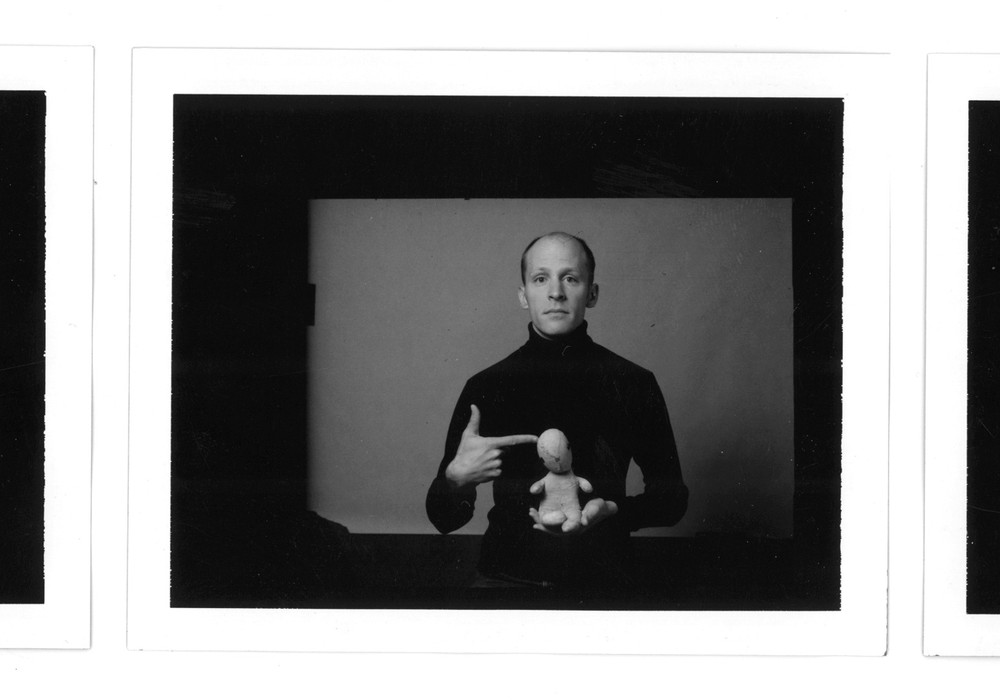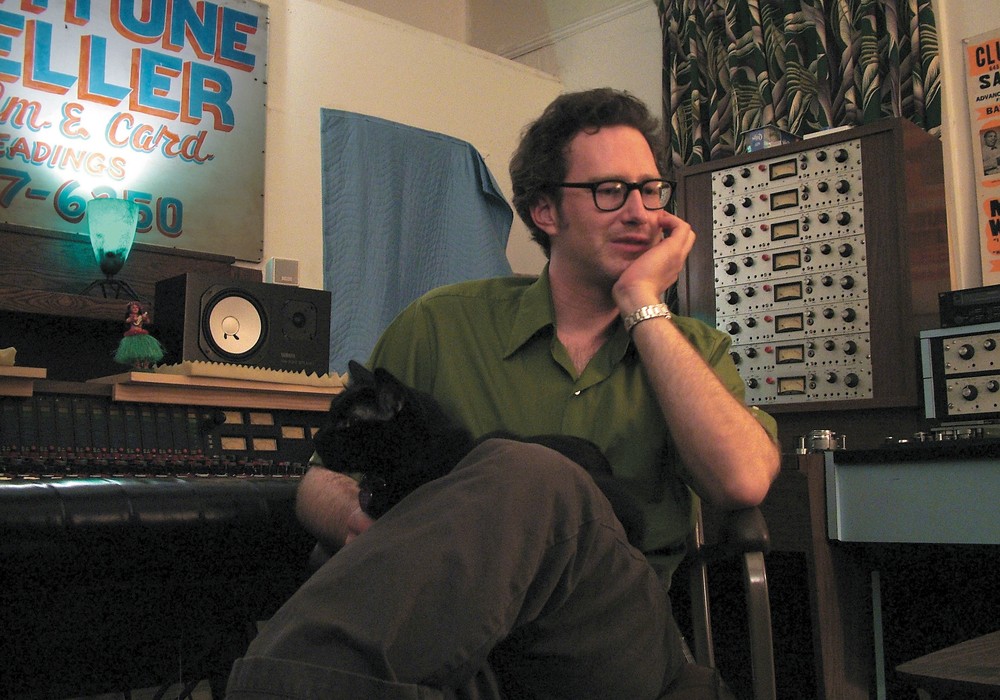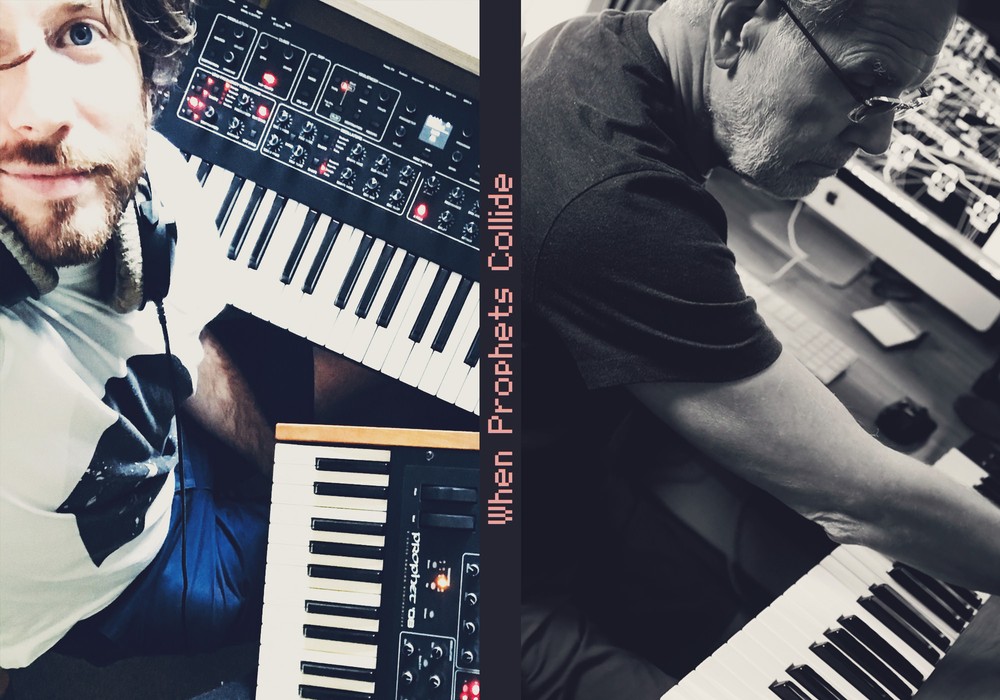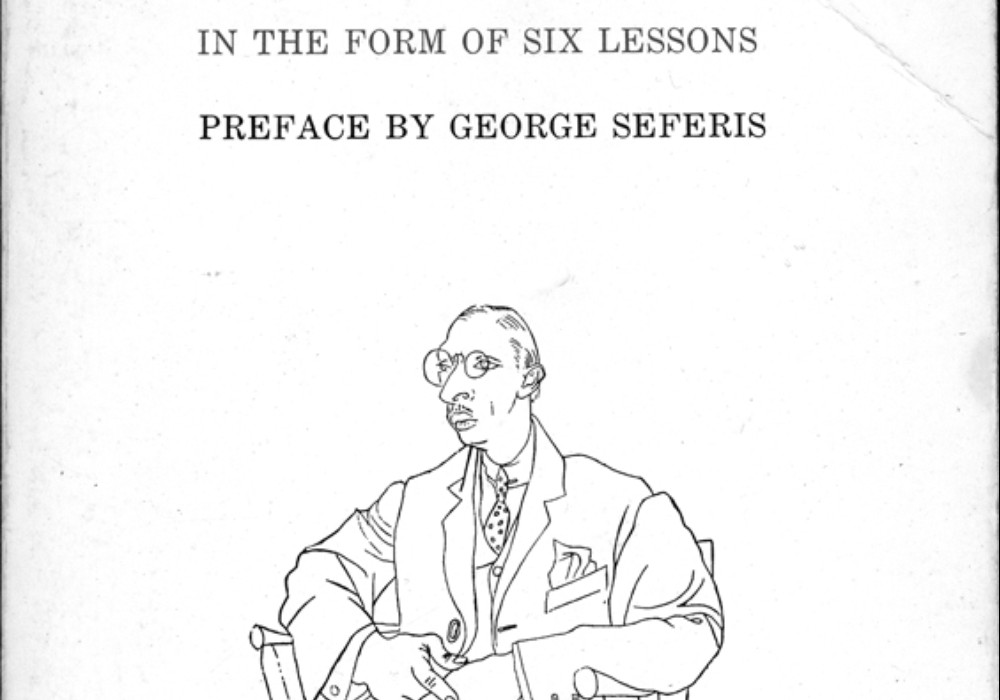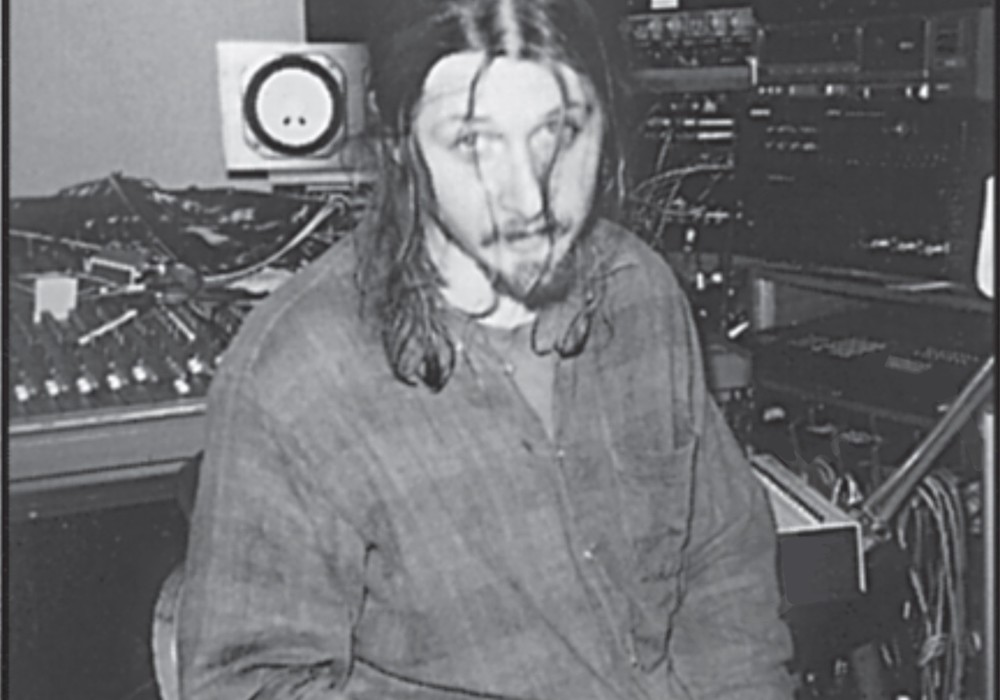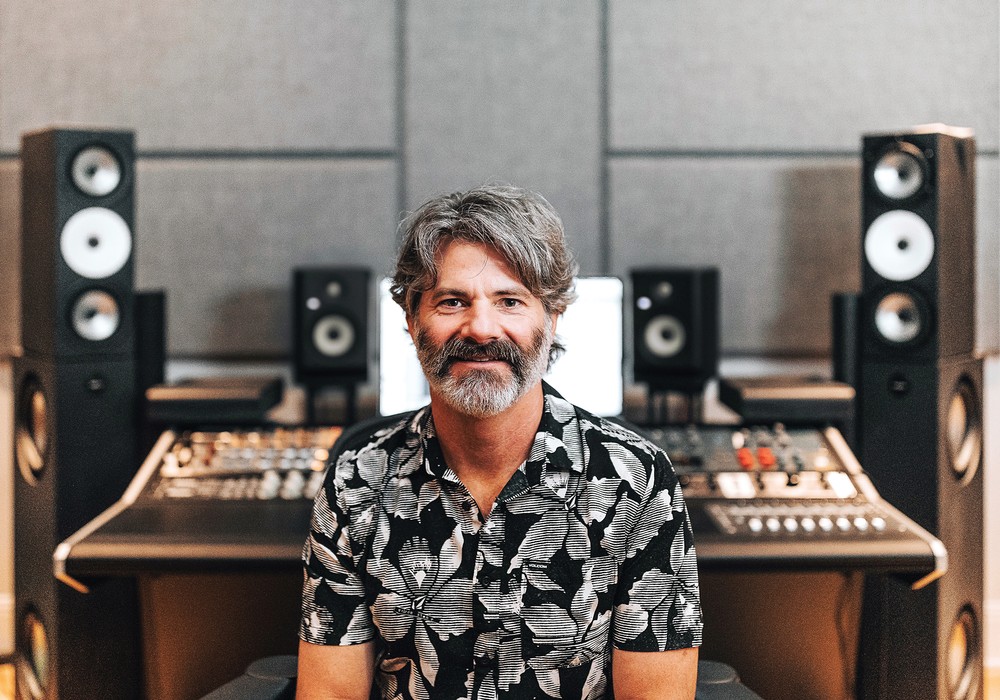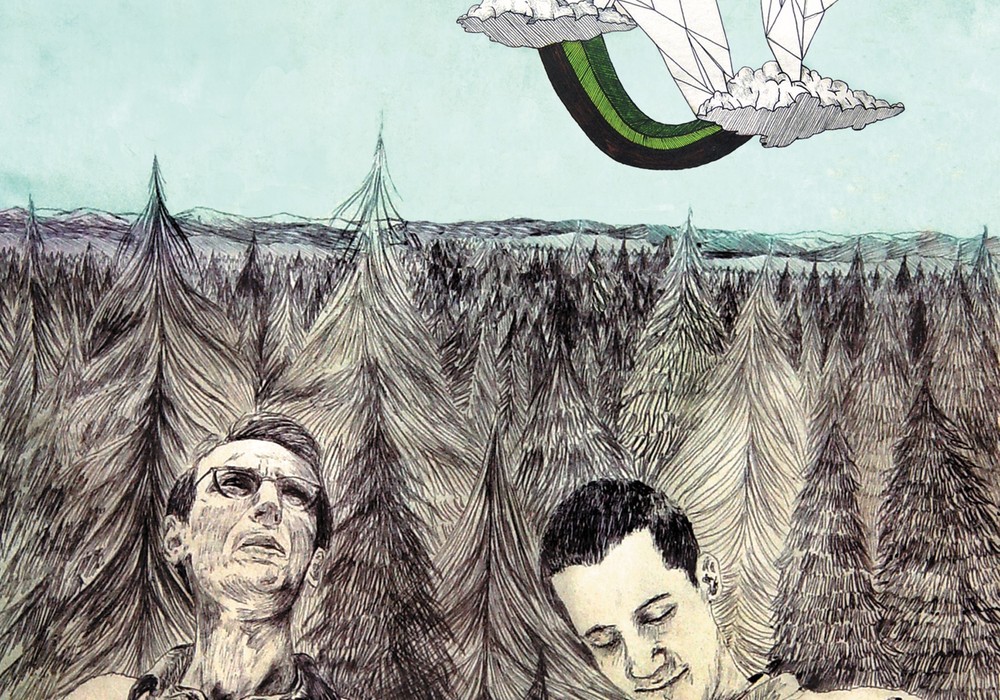In the insane world of recording and record production, we occasionally stumble across someone whose work puts him or her at many important junctures in music history, yet their name remains unknown to the general public. Richard Alderson is one such man. What's he done? Personal audio technician for Sherman Fairchild, of Fairchild 660 Compressor fame? Uncredited engineer of Bob Dylan's Live at The Gaslight 1962 album? Live sound mixer of Dylan's notorious "electric" tour of 1965-6? The main recording force behind ESP-DISK Records' free jazz and avant-folk heyday? Creator of the first tape-collage piece in popular music — "Virgin Forest" by The Fugs? Engineer of Nina Simone's most renowned live recordings? Documentarian of the indigenous music of Chiapas, Mexico? Mixer and recording engineer of Winelight by Grover Washington, Jr., featuring "Just the Two of Us" with Bill Withers? Provider of loudspeakers to the stars? Designer of studios around NYC for 40 years? Yes, Richard's done all this and more. Artists diverse as Leopold Stokowski, Albert Ayler, The Last Poets, The Fania All-Stars, Ashford & Simpson, Gloria Estefan and Johnny Nash have benefited from his audio engineering skills. Too good to be true? Here's his story.
How did you get involved in recording?
Sound and music were my hobbies as a teenager. I aimed to be a poet, philosopher or a scientist. The year and a half I spent in college, I took a triple load of majors, but when it came time to make a living, I ended up working in record stores. I worked at the original Sam Goody here in New York (the biggest and best of the old time record stores). After I had sold LPs for a while, they asked me if I knew anything about hi-fi, so I set up the hi-fi department. I ended up working on Madison Avenue, installing high-end hi-fi systems for wealthy people. By then I had decided that I wanted to be recording engineer and an avant-garde composer. I started off working for Sherman Fairchild, famous audio pioneer and the richest man in America at the time. I also did live sound for a lot of clubs around the village and for a number folk music acts. Then I got my hands on a tape recorder, some microphones and a little tube mixer and just started recording. I began engineering by just doing it. I started with live recording because I didn't have a studio of my own. I recorded some stuff on the sly at the Village Gate. I built and ran the sound system there and I hid a microphone above the stage. My career started with the guy who did the lighting there, Chip Monck. Chip convinced everyone I was a great recording engineer, and that's how I got my first major gig recording Nina Simone. I recorded Nina's Live at the Village Gate and then I did her album, Nina Simone at Carnegie Hall. The Thelonius Monk that I surreptitiously recorded at the Gate [Live at the Village Gate] was eventually issued commercially and I was given producer credit. The Dylan recordings that I made after-hours at the Gaslight Cafe during this period were issued on Starbucks [Live at The Gaslight 1962] a couple years back (unaccountably uncredited). After I'd been on the road with Harry Belafonte doing live sound with a system of my own design (Harry was the first artist to carry his own gear), Dylan's manager [Albert Grossman] asked me to do the same thing for Bob on the '65-'66 tour with members of The Band.
Dylan's infamous "electric" tour.
I built Dylan's road systems for this tour. I built one system for the western leg (Hawaii and Australia) and a second one for Europe. But more than anything I wanted my own recording studio in New York. Dylan said, "Do the sound on this tour and I'll help build you a recording studio when we're finished." Unfortunately, by the time his tour was over, we were burned out with each other and went our separate ways.
You were the front-of-house sound guy?
Front-of, back-of, wherever!
Fans complained about the excessive volume of those Dylan shows.
In fact it wasn't loud enough. We didn't have the equipment to properly fill the halls we were in. The music itself was some of the most incandescent rock 'n' roll ever made. If the audience thought it too loud, it was because they wanted to hear some acoustic folk from Bob. The audiences we played for just didn't get it. They were way behind Bob's evolution as an artist. The backup group was The Hawks (soon to be known as The Band) without Levon Helm [on drums]. Levon was replaced by this kickass drummer from Texas [Mickey Jones]. Mickey actually put out a video of the tour, but it's only backstage stuff, not performances [Bob Dylan — World Tour 1966: The Home Movies]. You can see me in that. There was also a movie made [by D.A. Pennebaker] that was never finished, called Eat the Document, and that's got me in it too. A lot of Eat the Document was later incorporated into the Scorsese documentary No Direction Home. I'm on screen quite a bit in this, and also mysteriously uncredited.
It seems like Dylan was hard to deal with.
Not particularly. I was pretty wild and hard to deal with...


